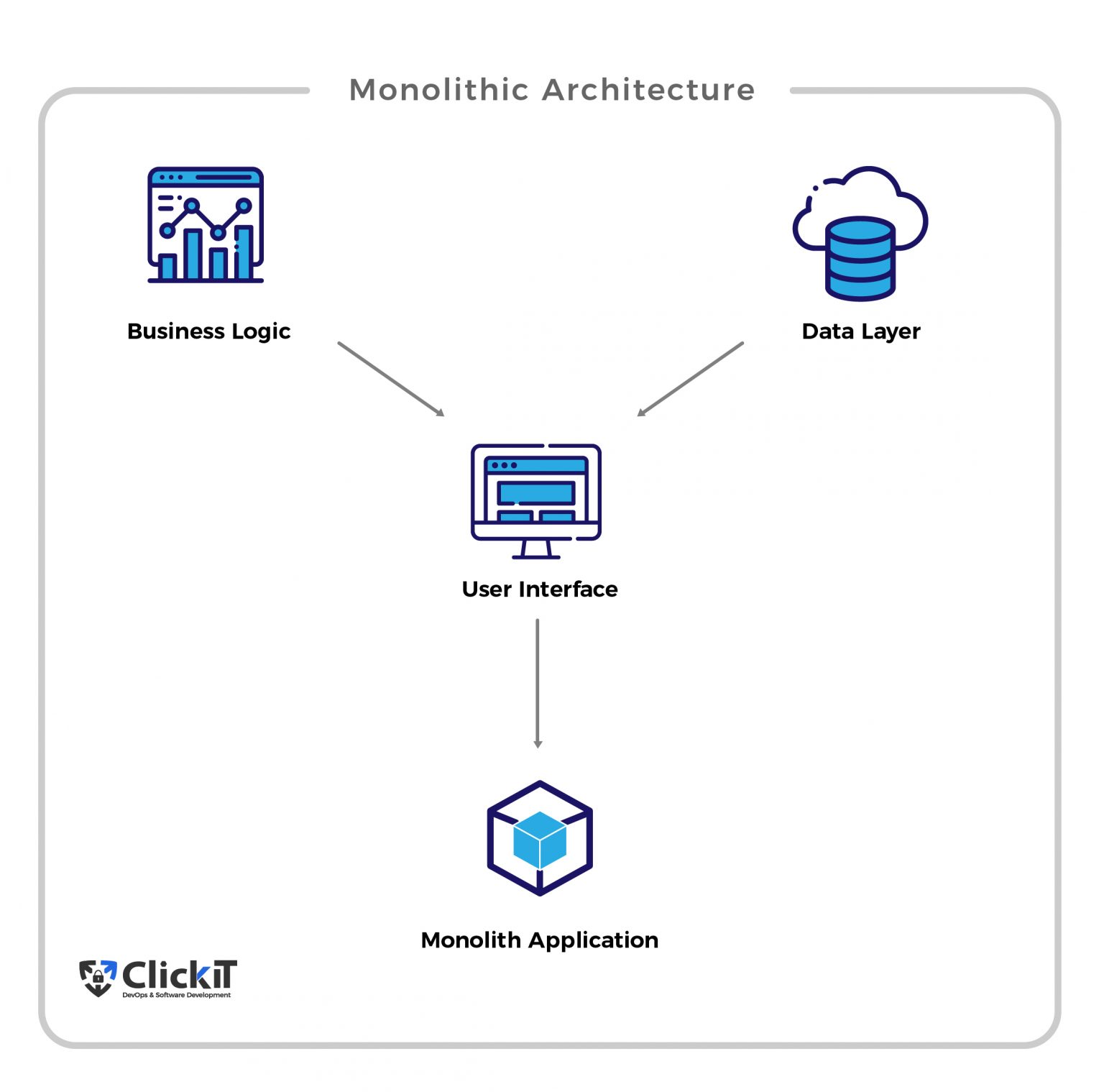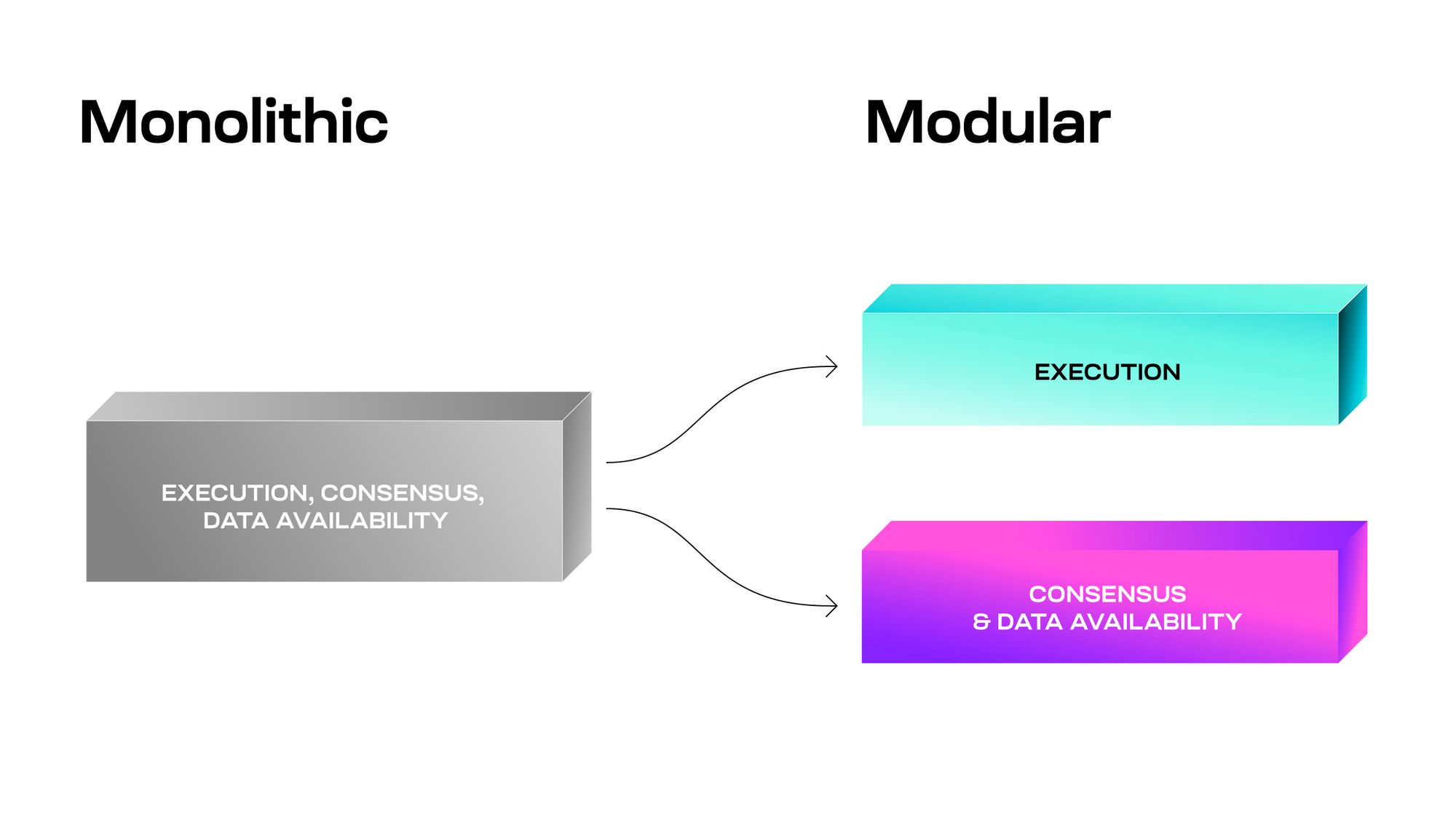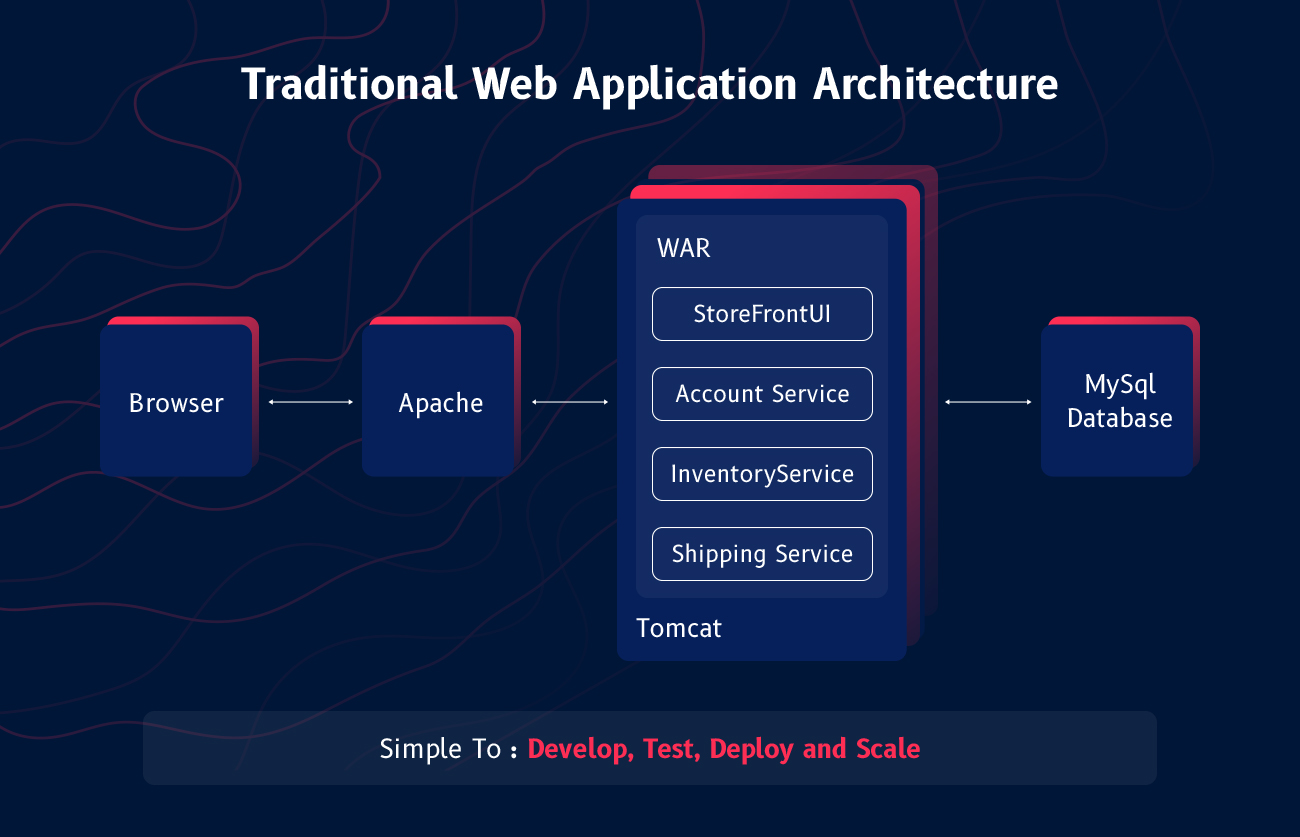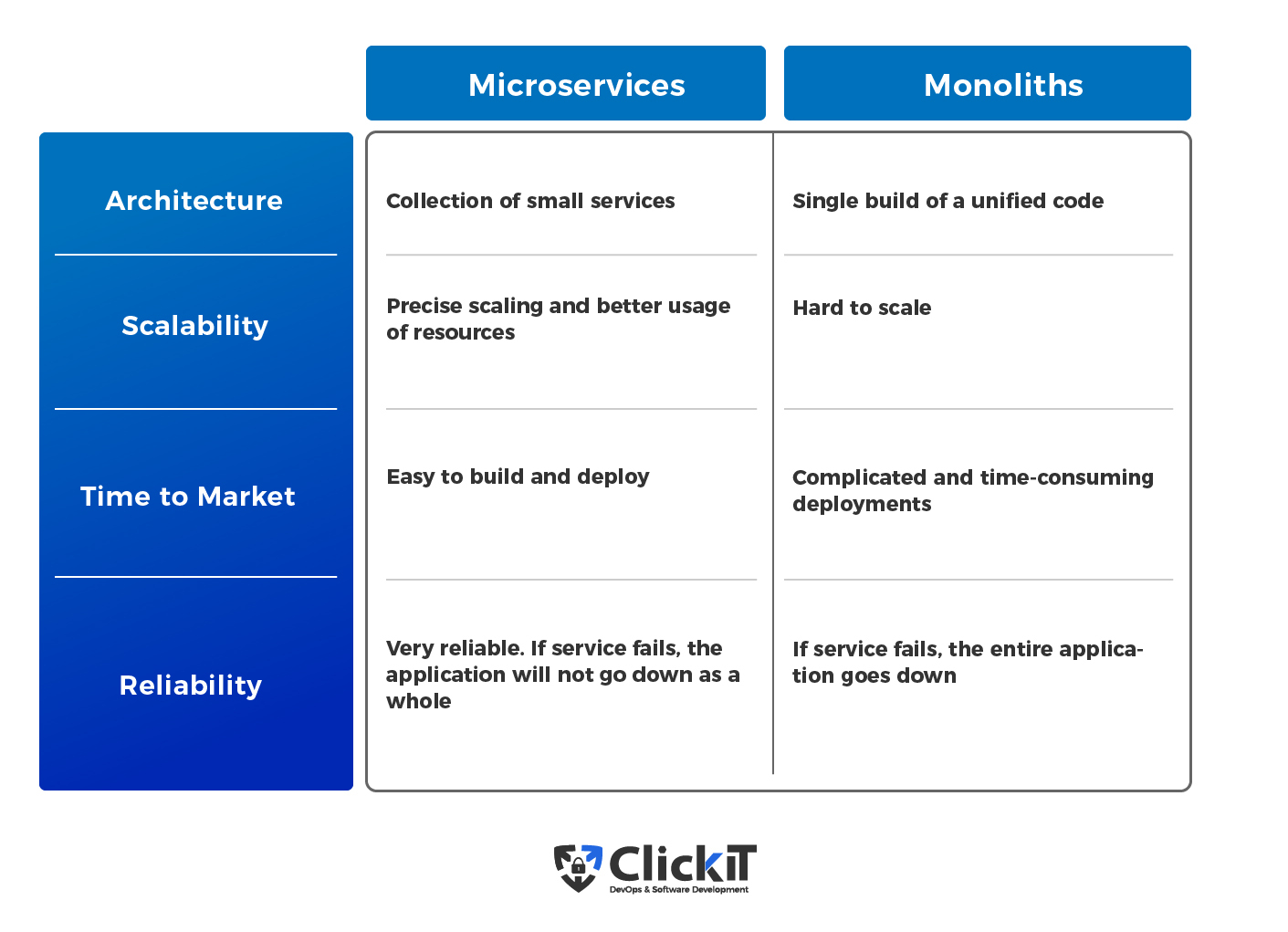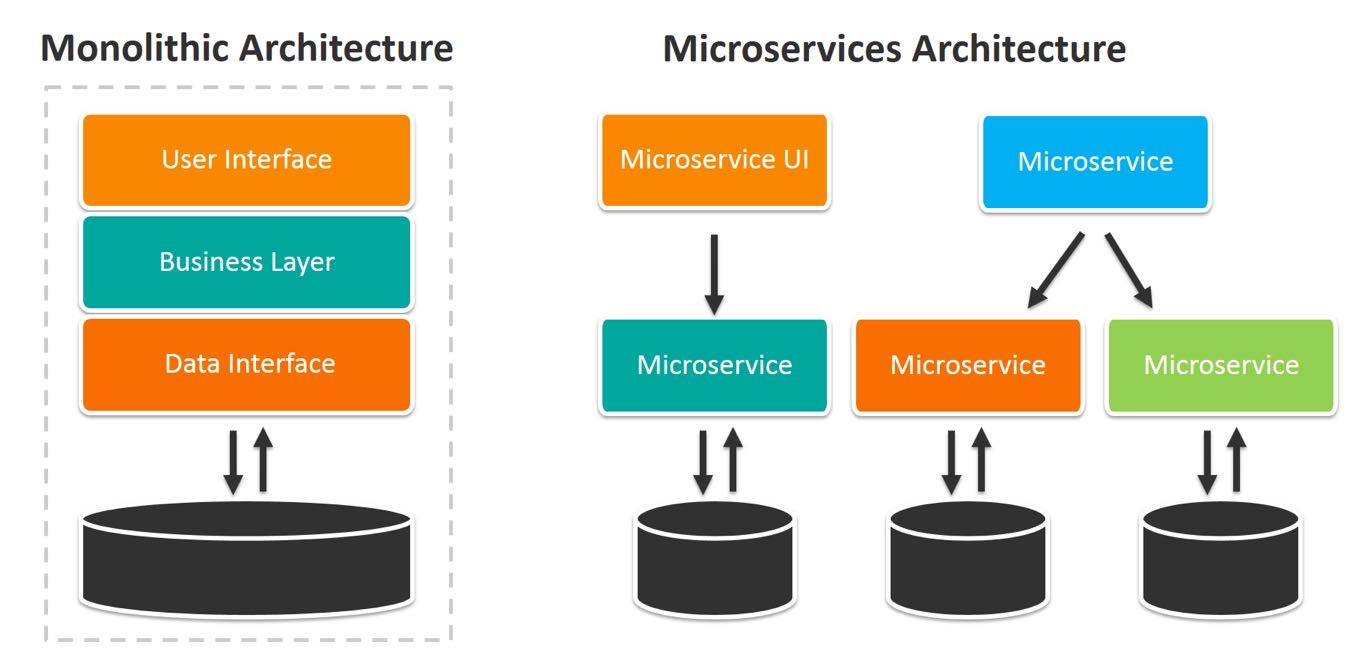Understanding the Monolithic Architecture Approach
A monolithic application is a software system where all the components, including the user interface, business logic, and data access, are combined into a single, self-contained unit. This architectural approach is characterized by its simplicity, as the entire application is built, deployed, and scaled as a single entity. Monolithic applications offer several advantages, such as ease of deployment, centralized control, and a straightforward development process, making them a popular choice for small to medium-sized projects with well-defined and stable requirements. One of the key characteristics of a monolithic application is its tightly coupled nature, where the various components are closely intertwined and interdependent. This design allows for efficient communication and data sharing between the different parts of the application, leading to a cohesive and streamlined user experience. Additionally, the centralized nature of a monolithic application simplifies the deployment process, as the entire system can be packaged and deployed as a single unit, reducing the complexity of managing multiple independent components.
Another advantage of the monolithic architecture is its simplicity in terms of development and maintenance. With all the components residing within a single codebase, developers can easily navigate and understand the application’s structure, making it easier to implement changes, fix bugs, and ensure consistent functionality across the system. This centralized approach also facilitates effective error handling and logging mechanisms, as the application’s behavior can be monitored and debugged more efficiently.
Evaluating the Suitability of Monolithic Applications
When considering the adoption of a monolithic application architecture, it’s essential to evaluate the specific scenarios where this approach may be the most appropriate choice. Monolithic applications are often well-suited for small to medium-sized projects with a well-defined and stable set of requirements, as the centralized nature of the system can simplify development, deployment, and maintenance tasks. One key factor to consider is the complexity and scope of the project. Monolithic applications excel in situations where the application’s functionality and user requirements are relatively straightforward and unlikely to undergo significant changes over time. This allows the development team to focus on building a cohesive and tightly integrated system, leveraging the advantages of centralized control and efficient communication between components.
Another important consideration is the available resources and expertise of the development team. Monolithic applications can be a suitable choice for teams with limited resources, as the simplified architecture and deployment process can be more manageable compared to more complex, distributed systems. Additionally, the centralized nature of the codebase can make it easier for developers to understand and maintain the application, especially in scenarios where the team is small or has limited experience with more advanced architectural patterns.
Furthermore, monolithic applications may be the preferred choice for organizations with a risk-averse culture or those that prioritize stability and reliability over rapid innovation. The well-defined and self-contained nature of a monolithic system can provide a higher degree of predictability and control, which can be valuable in industries or scenarios where downtime or system failures can have significant consequences.
It’s important to note that while monolithic applications can be a suitable choice in certain scenarios, they may not be the best fit for applications with rapidly evolving requirements, high scalability needs, or the need for independent deployment and scaling of individual components. In such cases, a microservices-based architecture may be a more appropriate solution.
Designing a Robust Monolithic Application
When designing a monolithic application, it’s essential to focus on creating a well-structured and modular system that can effectively handle the application’s complexity and evolving requirements. One of the key principles in designing a robust monolithic application is to ensure a clear separation of concerns, where the different components of the system are responsible for distinct and well-defined functionalities. Modular structure is a crucial aspect of a well-designed monolithic application. By breaking down the application into logical and cohesive modules, developers can improve code organization, enhance maintainability, and facilitate future modifications or expansions. Each module should have a specific purpose and be responsible for a particular set of features or functionalities, minimizing the interdependencies between different parts of the system.
Effective error handling and logging mechanisms are also essential in a monolithic application. Since all the components are tightly coupled, a single point of failure can have a cascading effect on the entire system. Implementing robust error handling strategies, such as graceful error handling, exception management, and comprehensive logging, can help developers quickly identify and resolve issues, ensuring the overall stability and reliability of the application.
Another important consideration in designing a monolithic application is the implementation of effective data management and persistence strategies. Monolithic applications often rely on a centralized data storage solution, such as a relational database or a NoSQL database, to manage the application’s data. Ensuring the efficient and scalable handling of data, including data access, transactions, and data integrity, is crucial for the overall performance and reliability of the system.
Additionally, the design of the user interface and the integration of various components within the monolithic application should be carefully considered. Maintaining a consistent and intuitive user experience, as well as ensuring seamless communication and data exchange between the different parts of the system, can contribute to the overall effectiveness and usability of the application.
By focusing on these key design principles, developers can create a well-structured, modular, and robust monolithic application that can effectively meet the needs of the project and the organization.
Scaling and Optimizing Monolithic Applications
As a monolithic application grows in user base and data volume, it becomes essential to implement strategies for scaling and optimizing the system to maintain its performance and responsiveness. While the centralized nature of a monolithic architecture can simplify certain aspects of scaling, it also presents unique challenges that require careful consideration. One of the primary approaches for scaling a monolithic application is vertical scaling, which involves upgrading the hardware resources of the server hosting the application, such as increasing the CPU, memory, or storage capacity. This approach can be effective in handling increased workloads and data processing requirements, as the entire application can benefit from the enhanced hardware resources.
Another strategy for scaling monolithic applications is the implementation of caching mechanisms. By caching frequently accessed data or pre-computed results, the application can reduce the load on the underlying data storage systems and improve response times for users. Caching can be implemented at various levels, such as in-memory caching, content delivery networks (CDNs), or database-level caching, depending on the specific requirements and bottlenecks of the application.
Load balancing is another crucial technique for scaling monolithic applications. By distributing the incoming user traffic across multiple instances of the application, load balancers can help manage the overall system load and ensure that no single instance becomes overwhelmed. This can be achieved through techniques like horizontal scaling, where additional application instances are deployed, or by leveraging cloud-based load balancing services.
In addition to scaling strategies, optimizing the performance of a monolithic application is also essential. This can involve techniques such as code profiling to identify and address performance bottlenecks, database optimization to improve query efficiency, and the implementation of asynchronous processing for time-consuming tasks to offload the main application thread.
Furthermore, monitoring and observability play a crucial role in the optimization of monolithic applications. By implementing comprehensive logging, metrics collection, and tracing mechanisms, developers can gain valuable insights into the application’s behavior, resource utilization, and potential areas for improvement. This information can then be used to make informed decisions about scaling, resource allocation, and performance tuning.
By employing a combination of scaling strategies, performance optimization techniques, and effective monitoring and observability practices, organizations can ensure that their monolithic applications can handle increasing user demands and data volumes while maintaining high levels of responsiveness and reliability.
Migrating from Monolithic to Microservices: Challenges and Considerations
As organizations evolve and their application requirements become more complex, there may be a need to transition from a monolithic architecture to a microservices-based approach. This migration can bring significant benefits, such as improved scalability, flexibility, and the ability to independently deploy and maintain individual components. However, the process of migrating from a monolithic to a microservices-based architecture is not without its challenges and considerations. One of the primary challenges in this transition is the impact on the development process. Developers who are accustomed to working with a centralized codebase and a well-defined set of dependencies may need to adapt to a more distributed and decoupled development environment. This can involve learning new skills, such as building and deploying individual microservices, managing inter-service communication, and ensuring consistent data management across the distributed system.
The deployment and infrastructure management aspects of the migration can also pose significant challenges. Monolithic applications are typically deployed as a single unit, whereas microservices-based architectures require the deployment and orchestration of multiple independent components. This can introduce complexities in areas such as service discovery, load balancing, and monitoring, which may require the adoption of new tools and technologies, such as container orchestration platforms or service mesh solutions.
Maintaining the overall system’s reliability and consistency can also be a significant challenge during the migration process. In a monolithic application, errors and failures are often contained within the centralized codebase, making it easier to identify and resolve issues. In a microservices-based architecture, the distributed nature of the system can introduce new failure modes, such as network failures, service dependencies, and data inconsistencies, which may require more sophisticated monitoring, tracing, and error handling mechanisms.
Furthermore, the transition from a monolithic to a microservices-based architecture can have a significant impact on the organization’s operational and maintenance practices. Teams may need to adapt to new deployment workflows, monitoring and observability tools, and incident response procedures to effectively manage the distributed system.
Despite these challenges, the migration to a microservices-based architecture can bring substantial benefits, such as improved scalability, flexibility, and the ability to independently deploy and maintain individual components. By carefully planning and executing the migration process, organizations can leverage the advantages of a microservices-based approach while minimizing the impact on the overall system’s reliability and maintainability.
Maintaining and Evolving Monolithic Applications
Maintaining and evolving a monolithic application over time is a crucial aspect of ensuring its long-term success and relevance. As the application’s requirements and the underlying technology landscape evolve, it’s essential to adopt best practices and strategies to effectively manage the codebase, adapt to changes, and maintain the overall system’s stability and performance. One of the key aspects of maintaining a monolithic application is the implementation of robust version control and code management practices. By leveraging version control systems, such as Git, developers can effectively track changes, manage code branches, and facilitate collaborative development. This allows the team to make incremental improvements, experiment with new features, and quickly address any issues that arise, without compromising the stability of the production environment.
Continuous integration and deployment (CI/CD) practices are also essential for the long-term maintenance and evolution of monolithic applications. By automating the build, testing, and deployment processes, organizations can ensure that changes are thoroughly validated and seamlessly integrated into the production environment. This helps to minimize the risk of introducing regressions or breaking changes, and enables the team to deliver updates and bug fixes more efficiently.
Refactoring is another important technique for maintaining and evolving monolithic applications. As the application grows and requirements change over time, the codebase may become increasingly complex and difficult to manage. Regularly reviewing and refactoring the code to improve its structure, readability, and maintainability can help to mitigate technical debt and ensure that the application remains adaptable to future changes.
Additionally, effective monitoring and observability practices are crucial for the long-term maintenance of monolithic applications. By implementing comprehensive logging, metrics collection, and tracing mechanisms, developers can gain valuable insights into the application’s behavior, resource utilization, and potential areas for optimization. This information can then be used to proactively identify and address performance issues, bottlenecks, and other problems that may arise, ensuring the overall reliability and responsiveness of the system.
Furthermore, it’s important to establish a well-defined and documented process for managing changes and updates to the monolithic application. This includes procedures for testing, staging, and rolling out new features or bug fixes, as well as a clear communication plan to inform and engage with the application’s stakeholders and users.
By adopting these best practices and strategies, organizations can effectively maintain and evolve their monolithic applications over time, ensuring that the system continues to meet the changing needs of the business and its users.
How to Effectively Debug and Troubleshoot Monolithic Applications
Debugging and troubleshooting issues in monolithic applications can be a complex and challenging task, given the tightly coupled nature of the system and the potential for cascading failures. However, by employing a range of tools and techniques, developers can effectively identify and resolve problems, ensuring the overall stability and performance of the application. One of the key strategies for debugging monolithic applications is the implementation of comprehensive logging and monitoring mechanisms. By capturing detailed logs of the application’s behavior, including error messages, performance metrics, and system events, developers can gain valuable insights into the root causes of issues. Tools like application performance monitoring (APM) solutions can further enhance the observability of the system, providing real-time visibility into resource utilization, transaction flows, and potential bottlenecks.
Identifying and resolving performance bottlenecks is another crucial aspect of debugging monolithic applications. This can involve techniques such as code profiling, which helps to identify the most resource-intensive parts of the application, and database optimization, which can improve the efficiency of data-related operations. By addressing these performance issues, developers can ensure that the monolithic application can handle increasing user demands and data volumes without compromising responsiveness.
Dependency management and conflict resolution are also common challenges in monolithic applications. As the codebase grows and new features are added, the interdependencies between different components can become increasingly complex, leading to potential conflicts and compatibility issues. Employing tools for dependency management, such as package managers and version control systems, can help developers maintain a clear understanding of the application’s dependencies and effectively resolve any conflicts that arise.
In addition to these technical strategies, effective communication and collaboration within the development team are essential for debugging and troubleshooting monolithic applications. By fostering a culture of shared understanding and collective problem-solving, developers can leverage their collective expertise to quickly identify and address issues, minimizing the impact on the application’s users and the organization as a whole.
By adopting a comprehensive approach to debugging and troubleshooting, which includes robust logging and monitoring, performance optimization, dependency management, and effective team collaboration, organizations can ensure that their monolithic applications remain stable, responsive, and capable of meeting the evolving needs of their users.
Real-World Examples of Successful Monolithic Applications
While the microservices architecture has gained significant popularity in recent years, monolithic applications continue to be a viable and successful choice for many organizations. By examining real-world examples of well-designed and implemented monolithic applications, we can gain valuable insights and inspiration for our own projects. One prominent example of a successful monolithic application is the content management system (CMS) WordPress. Powering millions of websites worldwide, WordPress has maintained a monolithic architecture that has proven to be scalable, reliable, and easy to deploy. The centralized codebase and the modular plugin system have allowed WordPress to evolve and adapt to the changing needs of its users, while maintaining a consistent user experience and a robust ecosystem of third-party integrations.
Another example is the enterprise resource planning (ERP) system SAP, which has been a dominant player in the business software market for decades. SAP’s monolithic architecture, with its tightly integrated modules for finance, human resources, supply chain management, and other business functions, has enabled organizations to streamline their operations and gain a comprehensive view of their data and processes.
The online retail giant Amazon is also an example of a successful monolithic application. While Amazon has gradually introduced microservices-based components, its core e-commerce platform remains a monolithic application that has scaled to handle billions of transactions and a vast product catalog. The centralized control and efficient data management of the monolithic architecture have been instrumental in Amazon’s ability to provide a seamless and personalized shopping experience for its customers.
These examples demonstrate that monolithic applications can be highly successful when designed and implemented with a focus on modularity, scalability, and maintainability. By leveraging the advantages of a centralized architecture, such as simplicity, ease of deployment, and centralized control, organizations can create robust and adaptable systems that meet their specific business requirements.
However, it’s important to note that the suitability of a monolithic or microservices-based architecture ultimately depends on the specific needs and constraints of the project. Organizations should carefully evaluate their requirements, resources, and long-term goals before deciding on the most appropriate architectural approach.

